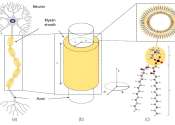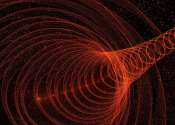Neutron scientists wake a sleeping giant after nine-month nap and makeover
What's the best way to wake a giant after a long nap? "Very carefully, and with a lot of planning," said a grinning John Galambos. He was the project director for the Proton Power Upgrade project, or PPU, at Oak Ridge National ...









